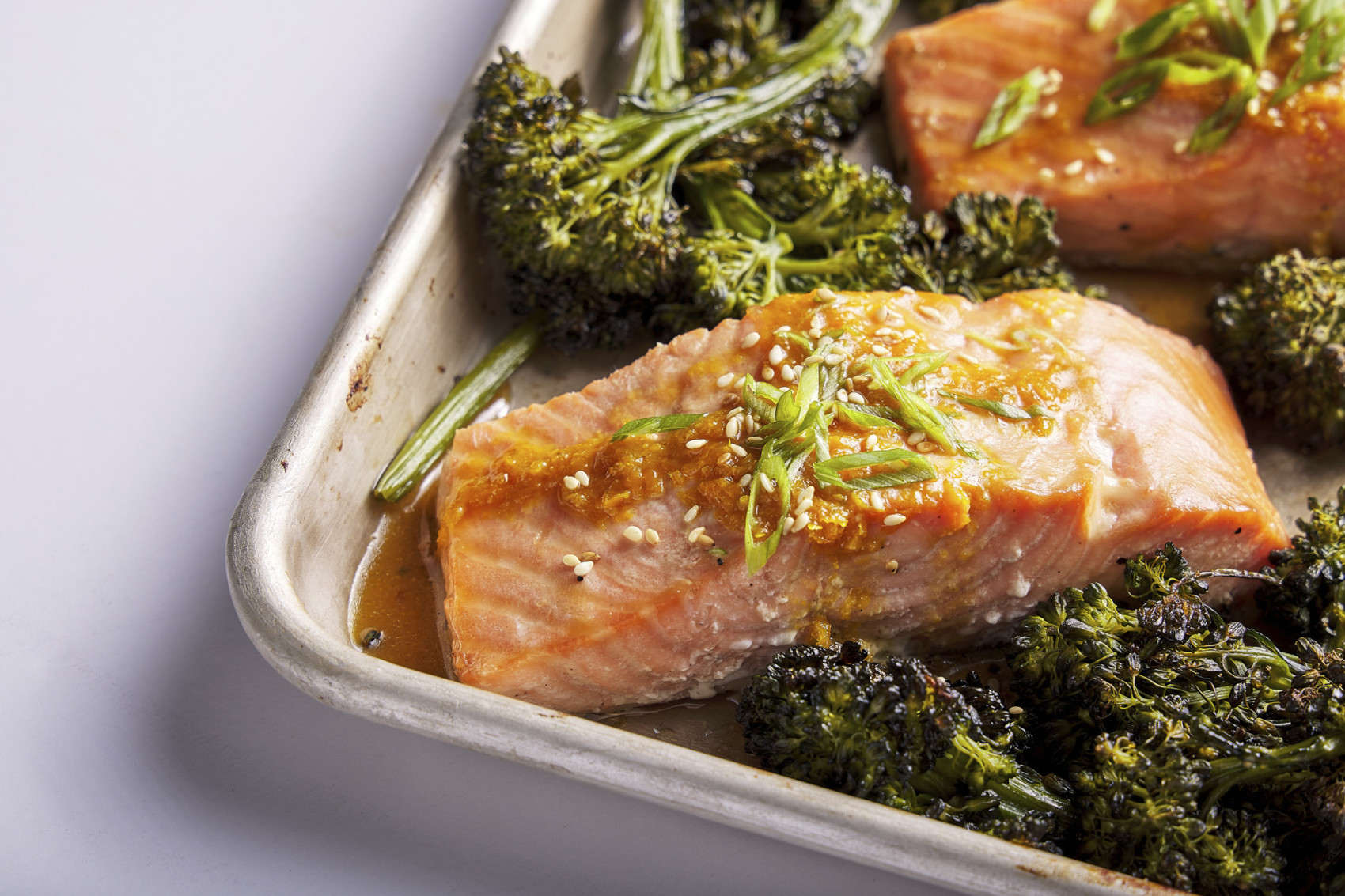"Furikake" is a beloved Japanese topping for white rice which comes in many, many varieties from the salty purple perilla leaves of Yukari to dried versions of entire dishes like baked potato or grilled eel. These flavorful seasonings have long been popular in Japan and are recently on a tear with overall sales growing for the past 27 months straight.
▼ Some sukiyaki-flavored furikake

While great news for furikake producers, it’s terrible news for everyone else. Yuki Yoshioka, a reporter for the Japanese food industry news outlet The Japan Food Journal found that rises in furikake sales are practically the inverse of the general economy of Japan. Other times furikake sales shot up coincided with rice shortages and the bursting of Japan’s bubble economy at the end of the 20th century. To put it simply, people eat more furikake when money is tight.
To understand more clearly it’s important to know the anatomy of a conventional Japanese meal. Its core components are plain white rice, soup, and what is known as okazu, which translates to “side dish.” Okazu is usually a meat or vegetable dish like fried chicken, spring rolls, Salisbury steak, grilled mackerel, and so much more.
▼ Cafeteria food usually exemplifies this format

This might seem backward to Western eaters who see rice as a side dish and meat as the main event, but for many in Japan, rice is the indispensable backbone of the meal. Everything else is secondary, so even in times like recently when rice prices shoot up, people will do what it takes to secure the rice and look to save costs on the okazu instead. This is where furikake comes in quite handy.
As mentioned earlier, furikake can often simulate the tastes of typical okazu dishes at a fraction of the price and in a longer-lasting form. This way people can at least get the feeling of eating a full meal even if they can’t afford it.
▼ Just like mom used to half-heartedly make…

That’s rather depressing, but the recent success of furikake isn’t all a result of economic doom and gloom. There are other factors, such as an increased acceptance among younger generations. Seniors in Japan will likely scoff at the concept of furikake as white rice is traditionally meant to remain pure and untouched by other foods unless for some ceremonial reason. To them, putting furikake on rice would be like putting ketchup on a fine steak.
However, much to their chagrin, their kids loved it, and those kids are now grown up with kids of their own. This means that furikake is enjoyed by twice as many people at the dinner table than in the previous generation.
Another factor that isn’t particularly great or bad is an increasing culinary pickiness among Japanese children. Contrary to their grandparents, a significant number of children today find plain white rice unbearably bland and refuse to eat it. School boards have long discussed the problem and whether students should be allowed to bring their own furikake to put on the rice of their school lunches.
Furikake’s growth is also contributed to by the fact that it makes a great souvenir for the increasing number of tourists as well as emergency rations in case of earthquakes or other disasters. But the main takeaway from all this is that furikake producers can be a great defensive investment when things hit the skids.
Source: The Japan Food Journal, AREA dot, My Game News Flash
Photos © SoraNews24
Read more stories from SoraNews24.
-- Japan’s potato chip-flavor rice topping is set to add some snack-time appeal to plain white rice
-- Furikake rice toppings gaining popularity in US, but are Americans doing it wrong?
-- Fried chicken-flavor rice spread going on sale in Japan to keep your karaage cravings satisfied
© SoraNews24











 English (US) ·
English (US) ·